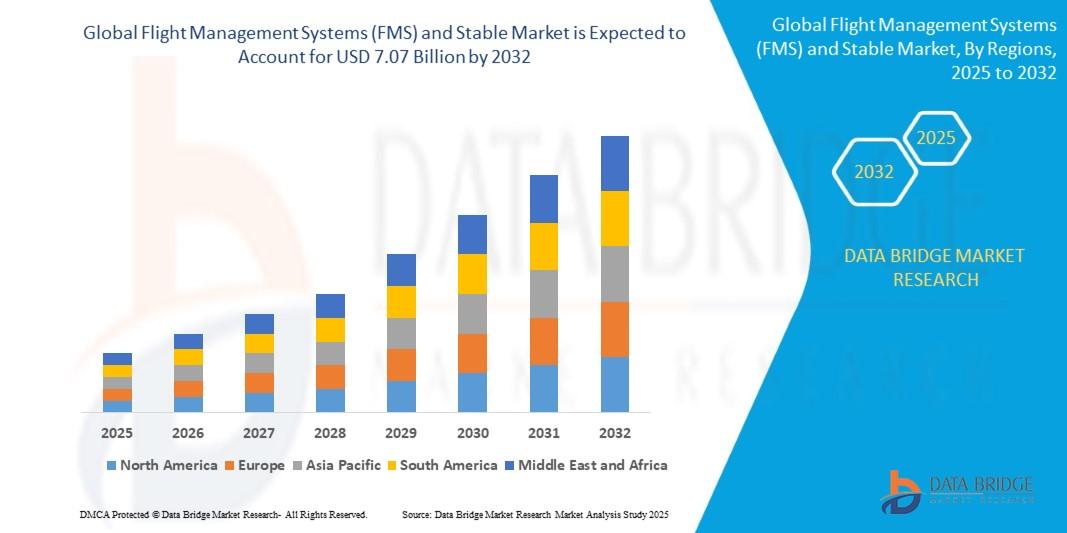AI-Powered Manufacturing: Why Embedded Software Development Companies Are Key to the Future
The manufacturing sector is in the midst of a profound transformation, moving beyond traditional, pre-programmed automation to an era of intelligent, AI-driven operations. For decades, automation systems followed rigid, pre-defined instructions, performing repetitive tasks with precision but little ability to adapt or optimize. This static approach is no longer enough to meet the demands of a global market that requires unparalleled efficiency, flexibility, and operational resilience. To truly unlock the potential of the modern smart factory, a new layer of intelligence is required—one that empowers every device on the factory floor to sense, analyze, and act on data in real time.
This is where embedded software serves as the core enabler of this transformation. Embedded software is the specialized code that resides on a device's microcontrollers and processors, providing the foundational instructions for everything from a sensor to a robotic arm. By embedding AI and ML models directly into this software, manufacturers can build machinery that is not just automated, but truly intelligent and autonomous. For a specialized embedded software development company, the mission is to architect this foundational code, providing the brainpower that allows industrial equipment to thrive in a complex, data-rich ecosystem and power the future of AI-driven manufacturing.
Edge AI: Bringing Intelligence to the Factory Floor
AI-powered manufacturing relies on decisions made at the source of data, not in a distant cloud.
-
Ultra-Low Latency: In mission-critical applications like safety systems or high-speed quality control, a millisecond of delay can lead to a costly error. AI models running on embedded software at the "edge"—directly on the device itself—eliminate the latency of sending data to the cloud and back, enabling instantaneous action and ensuring safety.
-
Reduced Bandwidth and Cloud Dependency: By processing data locally, embedded AI systems can send only a fraction of the data to the cloud for long-term storage and analysis. This significantly reduces bandwidth usage and ensures operational continuity even with intermittent internet connectivity.
Real-Time Control and Precision
Embedded software provides the deterministic performance required for high-speed, mission-critical operations.
-
Predictable Performance: In a manufacturing environment, predictability is paramount. Firmware and embedded software, often built on a Real-Time Operating System (RTOS), are engineered to guarantee that critical tasks—such as a robot arm's movement or a safety system's response—are executed within a strict, predictable timeframe. This deterministic behavior is non-negotiable for applications where precision is paramount.
-
Optimized Resource Management: Custom embedded software is designed to operate with maximum efficiency. It can precisely manage power consumption and processor cycles, ensuring that devices perform at their peak while conserving energy, which is crucial for battery-powered industrial devices.
Securing the Connected Factory
In an increasingly connected world, embedded systems are the first line of defense for a smart factory.
-
Security by Design: A modern approach to cybersecurity begins at the lowest level. Firmware and embedded software can be designed with features like a secure boot, which verifies the integrity of the code before it runs, and hardware-based encryption, which protects sensitive data and communication channels from tampering.
-
Preventing Supply Chain Attacks: Custom firmware can be programmed to authenticate and trust only specific, authorized updates. This prevents malicious code from being injected into devices during their lifecycle, protecting the entire industrial network from a major security vulnerability.
Conclusion
The convergence of AI and embedded software is more than just a technological upgrade; it is a fundamental transformation of industrial automation. By embedding intelligence directly into devices on the factory floor, manufacturers are creating systems that are not only more efficient and reliable but also more autonomous and resilient. The AI-powered embedded software that powers these systems is the key to unlocking true autonomy in the factory, making continuous optimization, predictive maintenance, and operational excellence a standard reality for the future of manufacturing.








